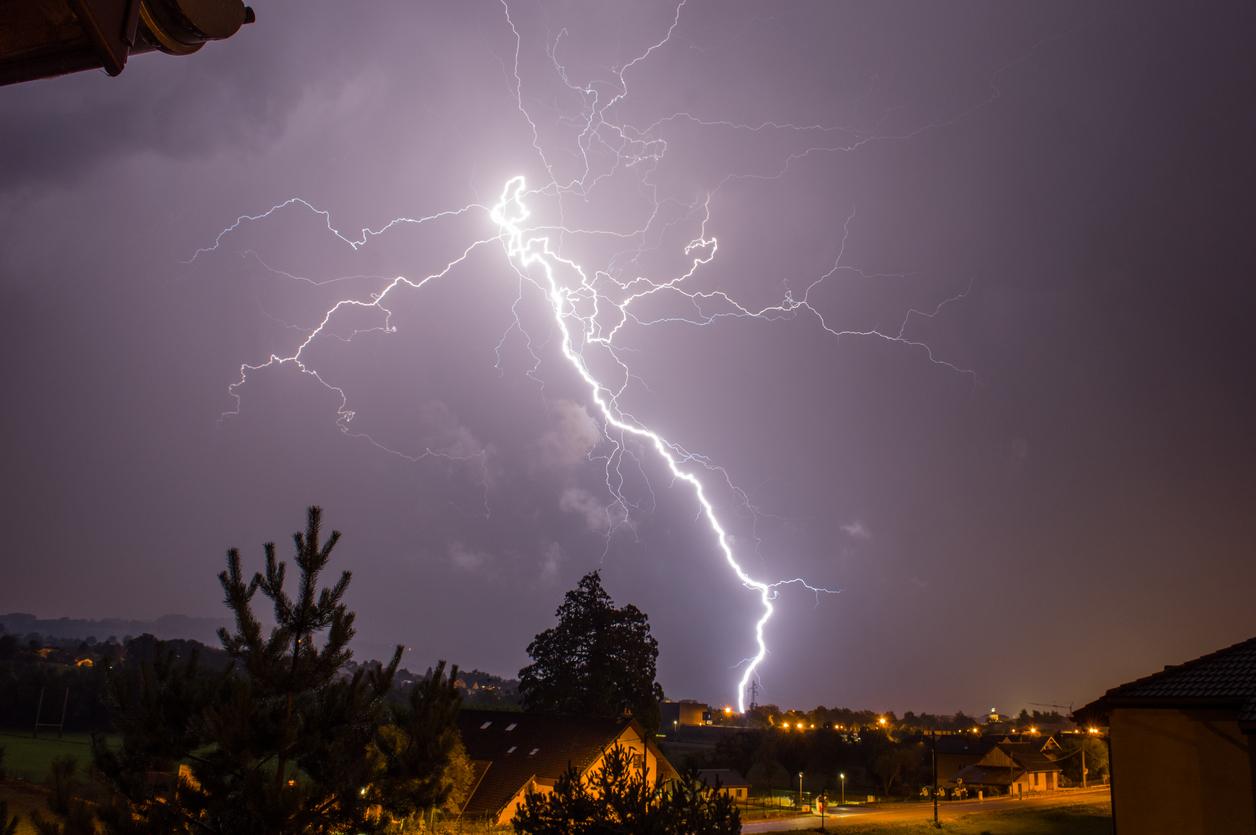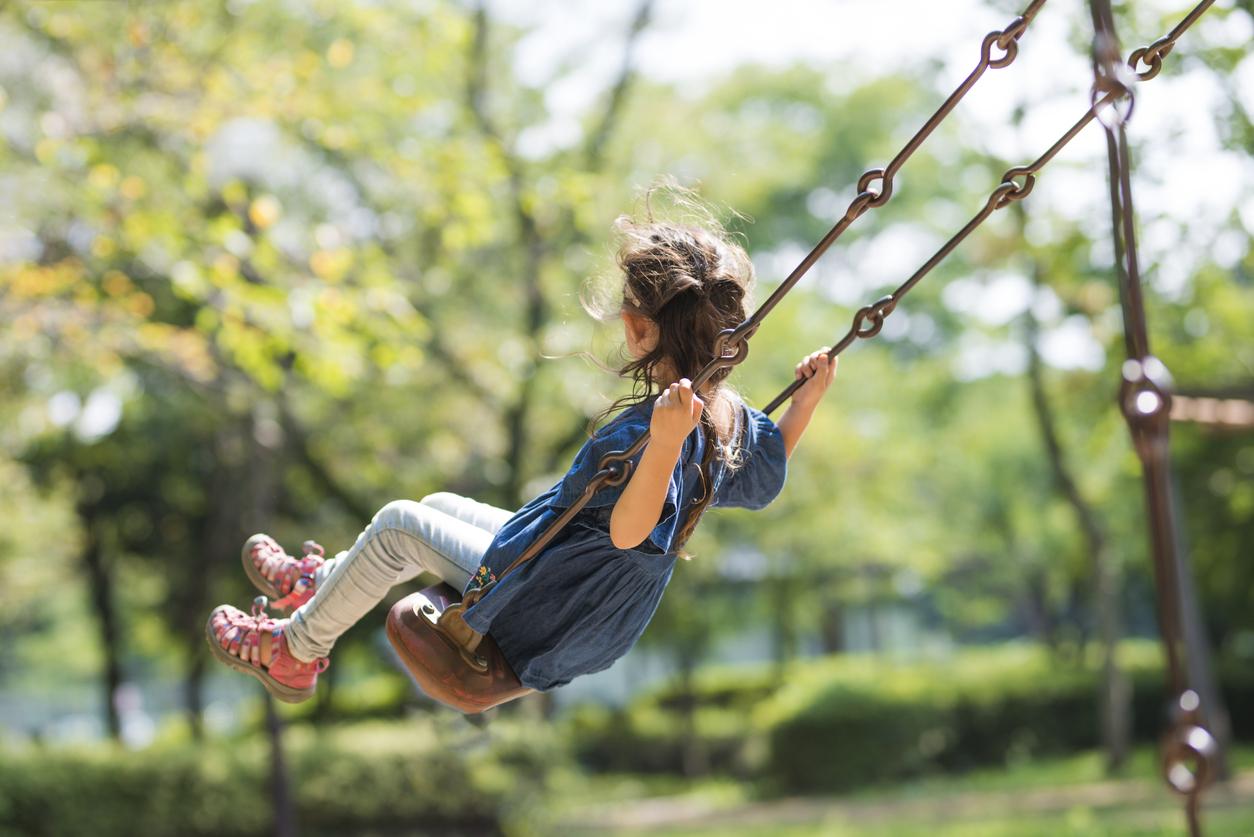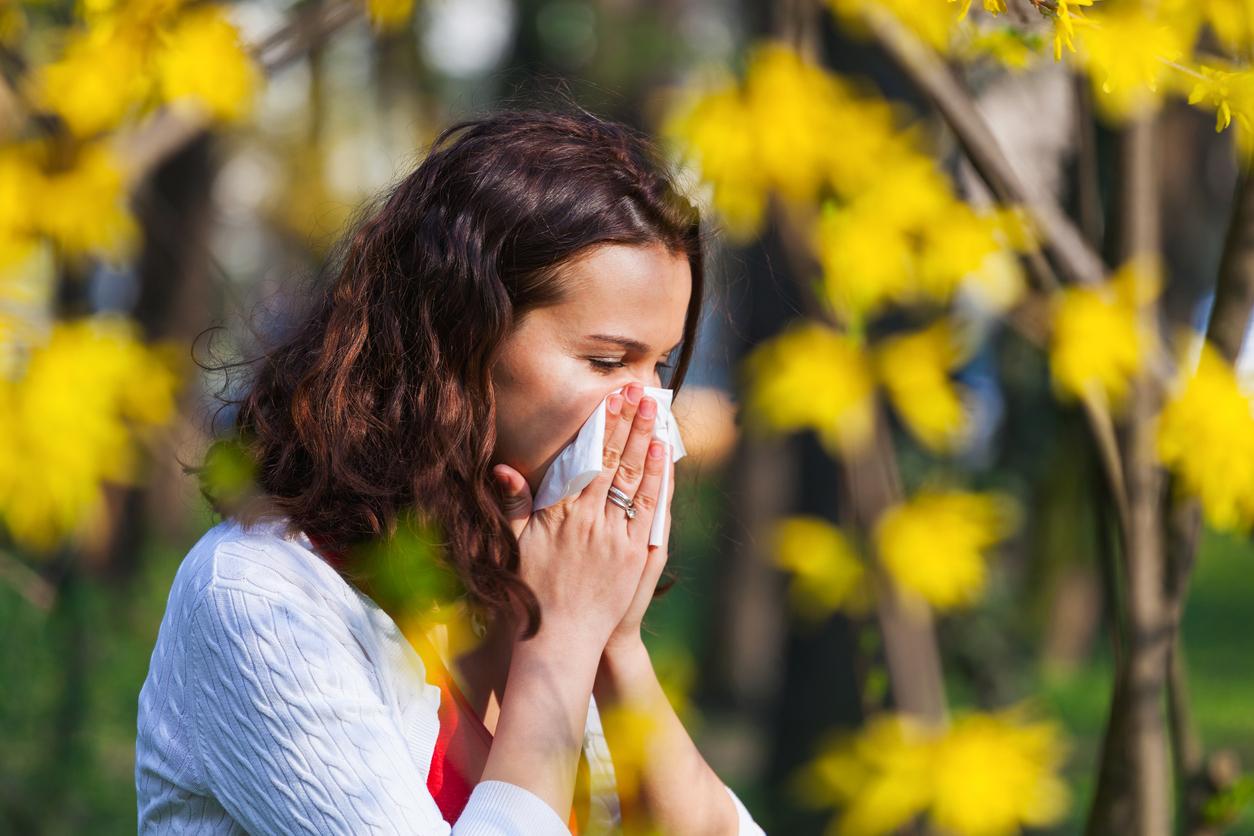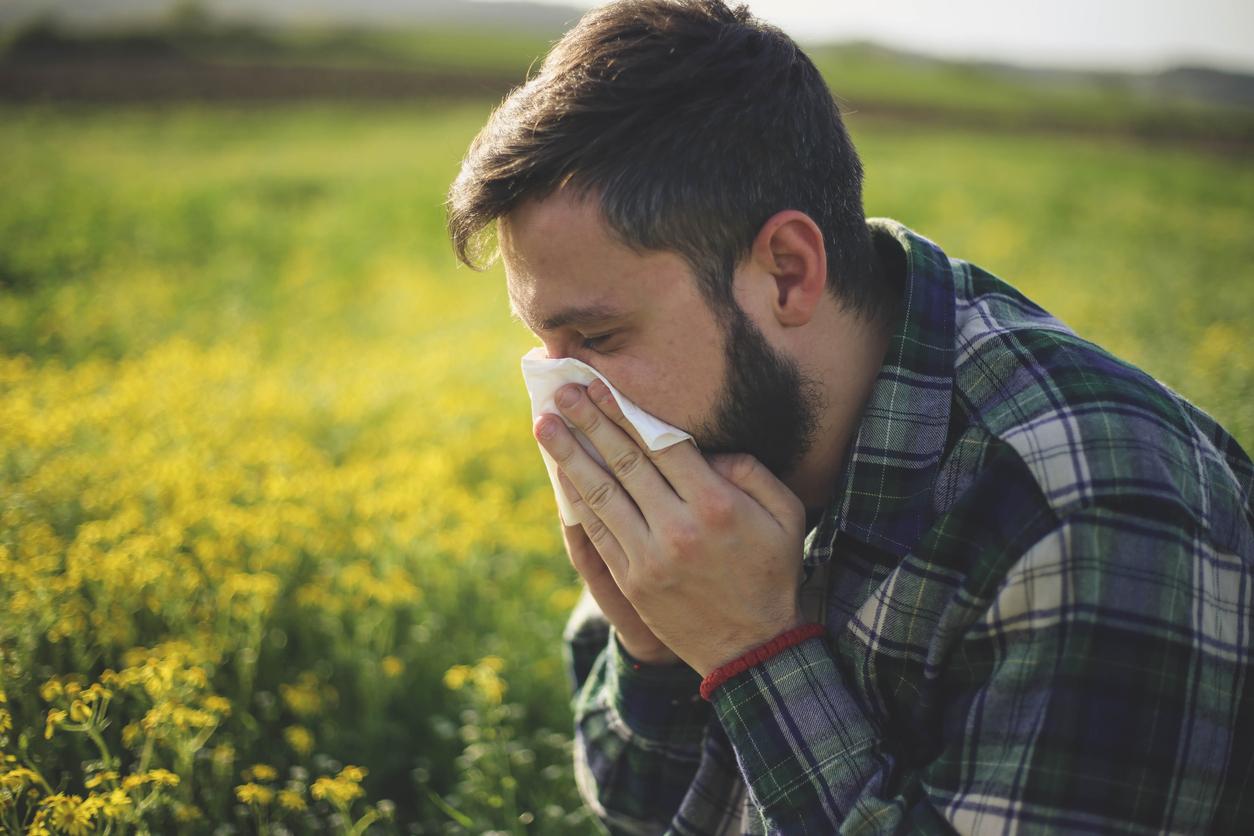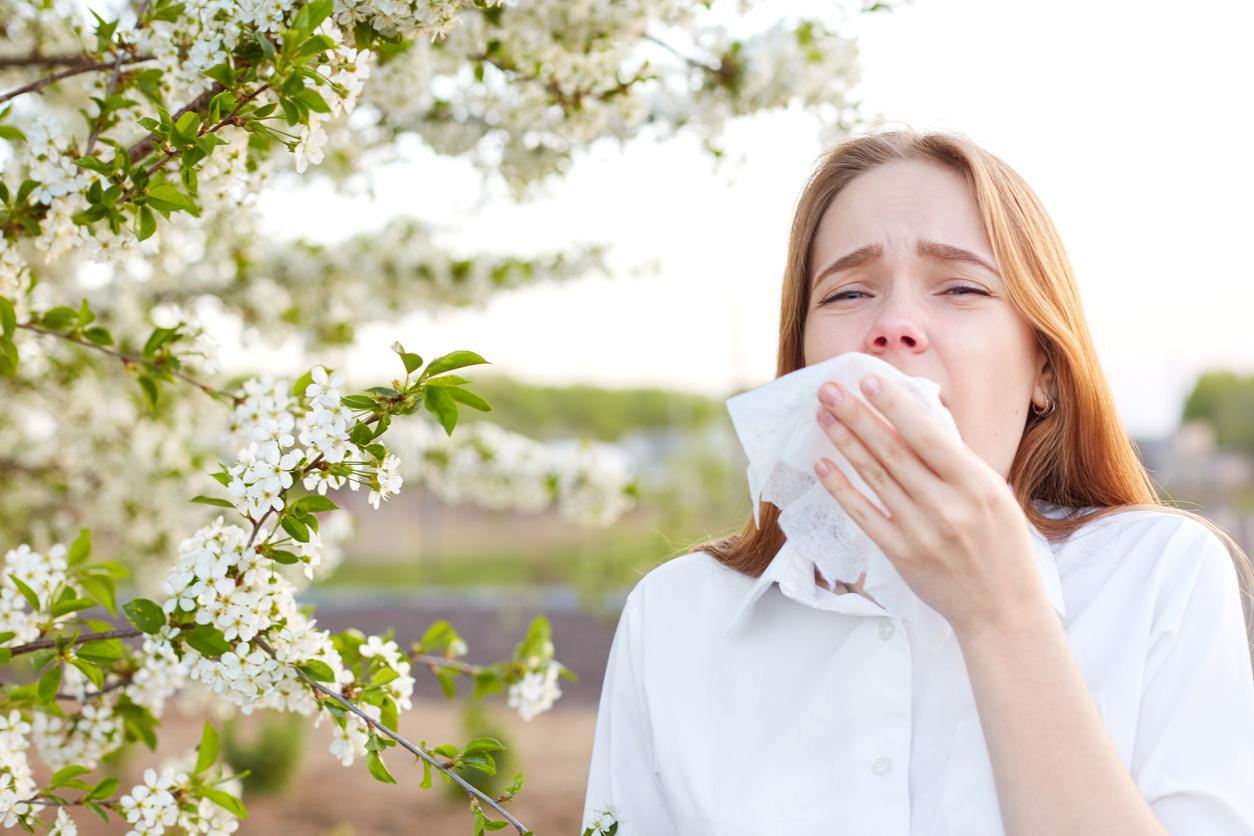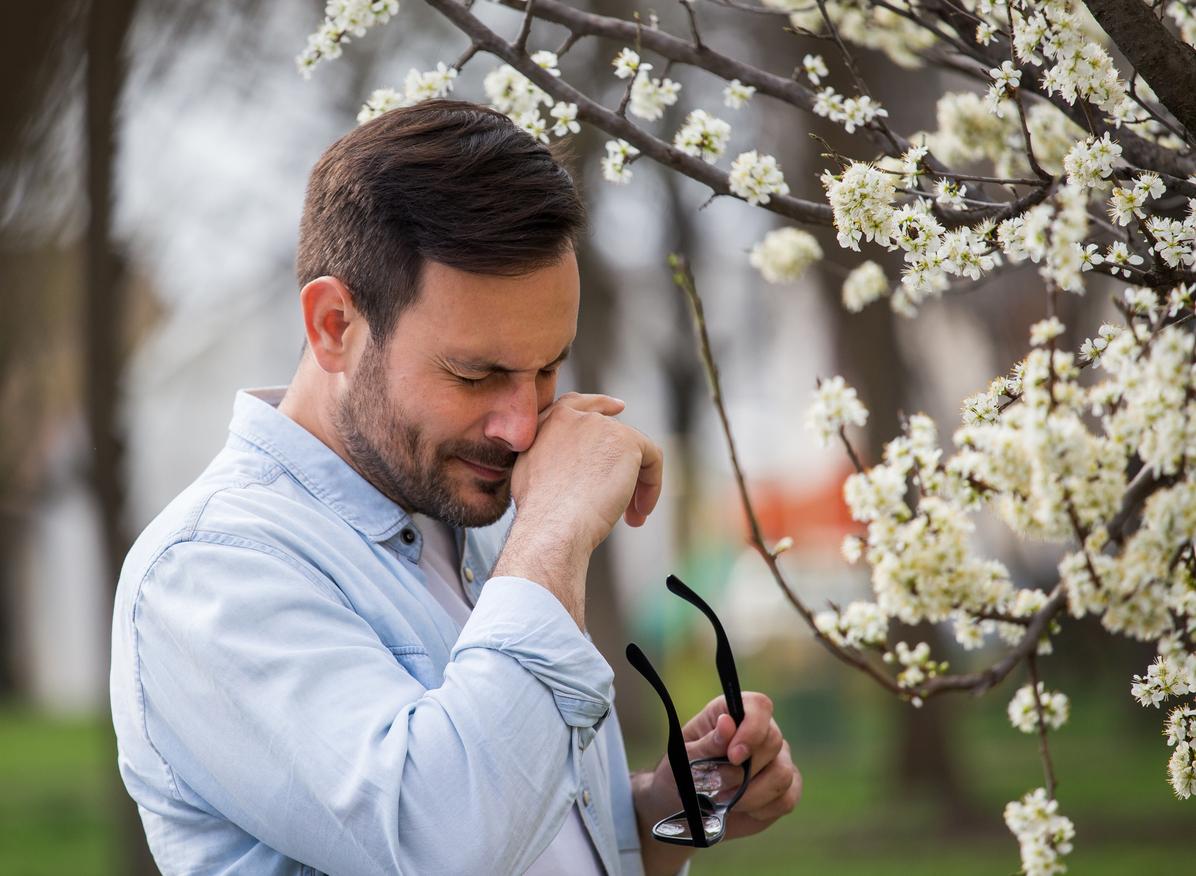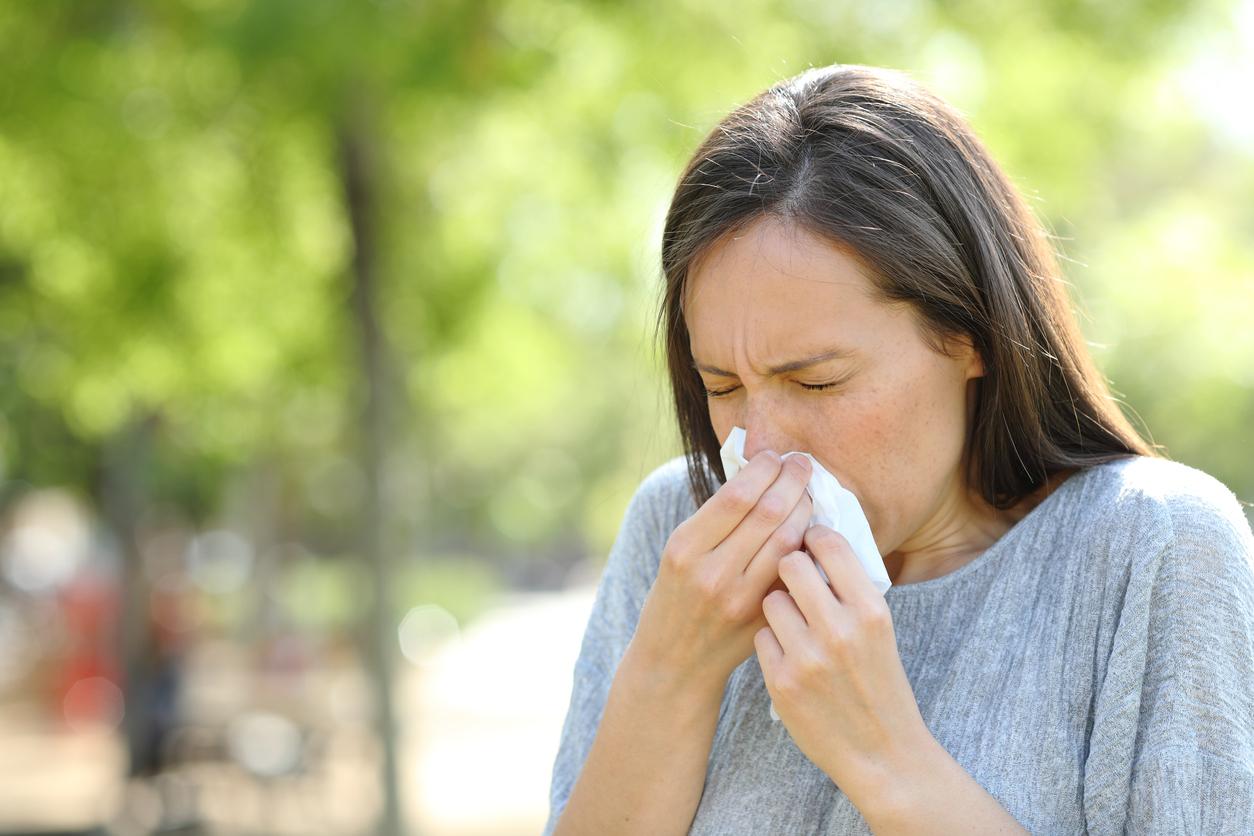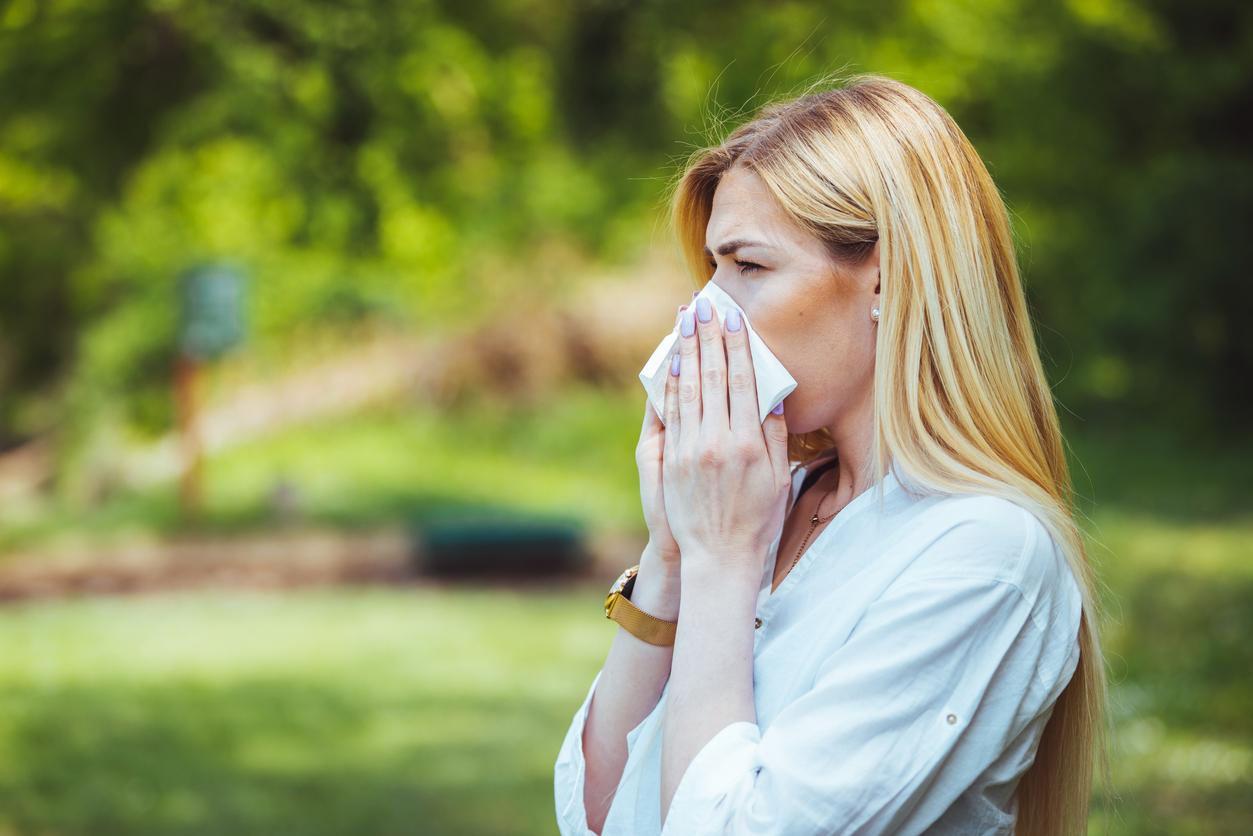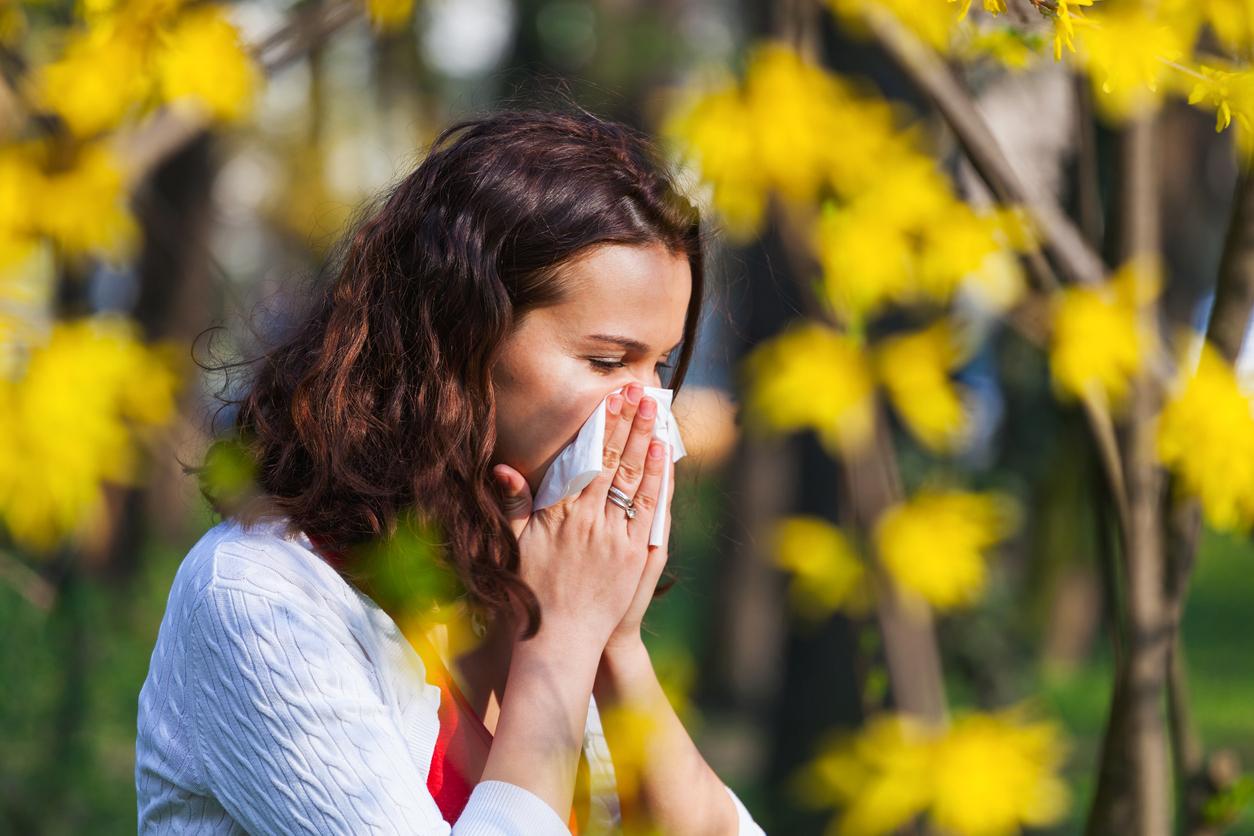Pollen allergies come back every year with spring: pollen from birch, oak, cypress, plane trees… If you suffer from it, you have probably seen your itching or sneezing reappear. These phenomena have been steadily increasing for 50 years, but there are ways to protect against them.
Many studies show, beyond a shadow of a doubt, that allergic phenomena are constantly increasing. So much so that according to the World Health Organization, allergies have become a real public health problem.
According to estimates, at least one in four French people is affected by pollen allergies. And this in all age groups. Very young children show the symptoms of this allergy, as do seniors who have never been bothered until now.
What are pollen allergies?
An allergy is the body’s reaction to an allergen. A allergen like a pollen grain is, at first, a harmless visitor who triggers allergic manifestations in us. He means us no harm! To cause allergy symptoms, pollen grains must be able to reach the respiratory mucous membranes of humans.
But sometimes the immune system, confused by internal factors (disturbing emotions for example) and external elements (an environment carrying allergens), takes this visitor for an enemy, just like a microbe or a virus. Unnecessary immune reactions are triggered.
In the spring, the air becomes a pollen-laden aggressor. These tiny particles are very volatile. They spread through the air and enter the body through the respiratory tract. Pollens are released at various times of the year, and their concentration in the air is different depending on the time of day.
The tree pollen are the first to appear, in early spring, and their presence lasts about six weeks. The regions of the territory are not exposed to the same pollen allergies.
In the south, the cypress pollen appear in March and open the pollen allergy season, followed by those of oak in the spring. The birch pollen spread to all regions of north-eastern France in April. The plane tree pollen are very present during March in the Alps and during April in the southwest.
Then come the grass pollen very present in all French regions between May and July. Then some herbaceous take over: nettles, mugwort, plantain…
What are the symptoms of pollen allergies?
Depending on your sensitivity to one or other of these allergens, you will therefore need to avoid contact with them at specific times of the year. Indeed, the allergy generally manifests itself every year at the same time.
The symptoms are comparable to those of a cold, hence the name ” hay fever »: itchy nose and throat, violent and repetitive sneezing, runny nose, stuffy nose, watery eyes, itchy palate…
If the symptoms are mild in appearance, they are however very troublesome on a daily basis. They can also be accompanied by a great fatigue which persists throughout the pollen season, that is to say sometimes up to three or four months.
Among the main causes of the increase in cases of pollen allergies in the population, pollution is generally cited. Indeed, the urban pollution weakens pollen grains and makes them more harmful by facilitating the release of their allergenic proteins. In addition, pollution also makes people more sensitive to pollen because it weakens their eyes, bronchi and nasal system.
Another cause of the upsurge in cases of pollen allergies: the climate change. This leads to an increase in certain plants, sources of allergenic pollen, in regions hitherto spared.
In addition, with milder winters and hotter summers, the calendar of pollen seasons is upset. Result: pollen season arrives earlier in the year and is also longer and more intense.
Tips for pollen allergies
Try to identify the allergens to which you are sensitive, it will be all the easier to protect yourself from them. Which will not prevent you, in addition, from paying attention to other elements known to be allergenic in order to really put your immune system at rest.
The air is mostly saturated with pollen in all early morning (before 10 a.m.) and in late afternoon (between 5 and 7 p.m.). Avoid going out at these times of the day
The rain pushes the pollen down to the ground and releases the air. Do you buy rubber boots and a raincoat to go for a walk when it rains lightly. You can also go outside for a few hours after a heavy downpour.
Put on sunglasses to protect your eyes from direct contact with airborne pollen.
If you garden, especially if you mow the lawn, put on gloves, breathing mask and goggles. And above all, choose products that are as natural as possible. Put a small amount of Vaseline at the edge of each nostril, so that the pollen clumps there with each inspiration instead of invading your lungs.
And when you get home, take a good shower and wash your hair to get rid of the pollen you brought with you!








